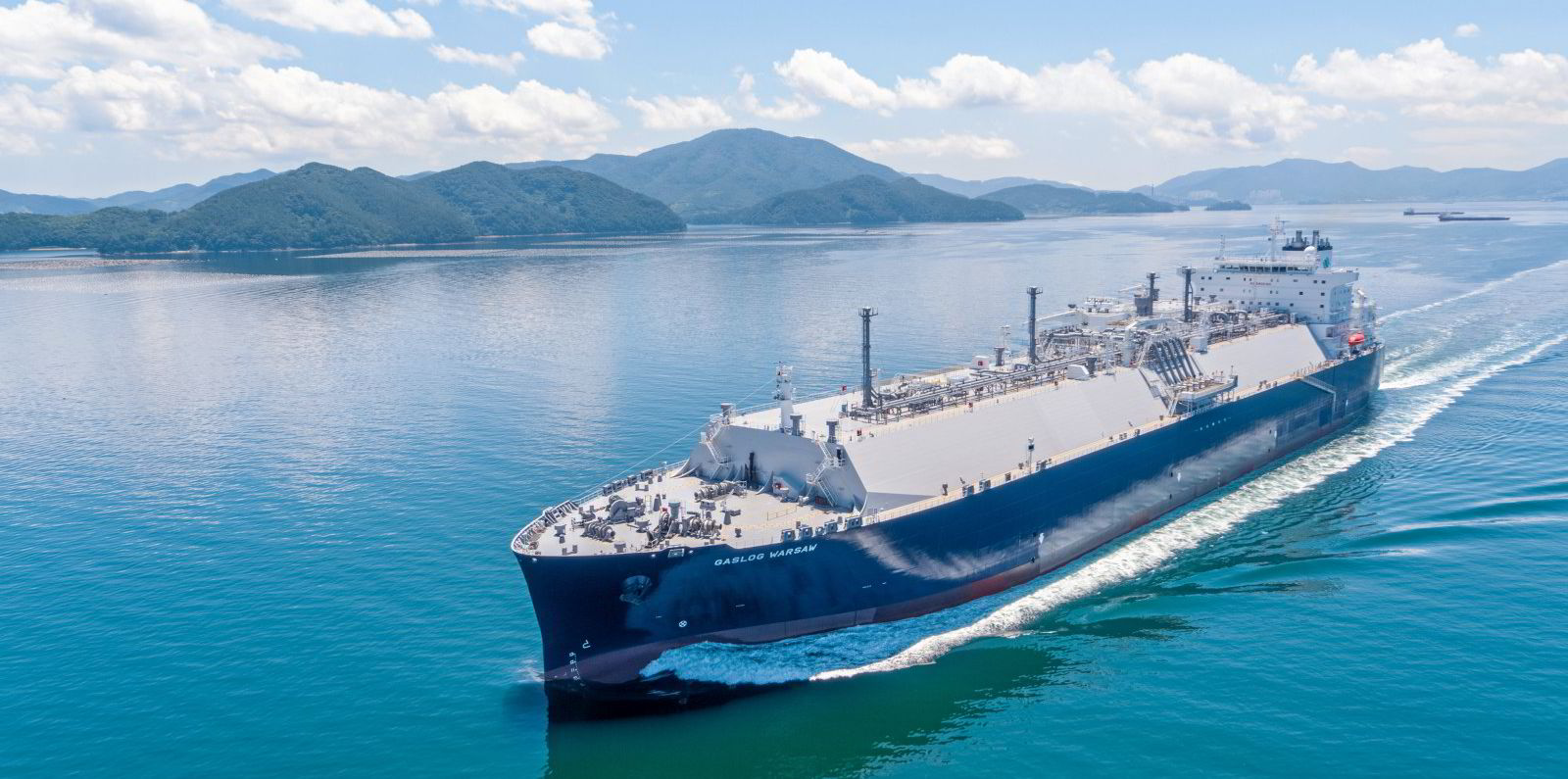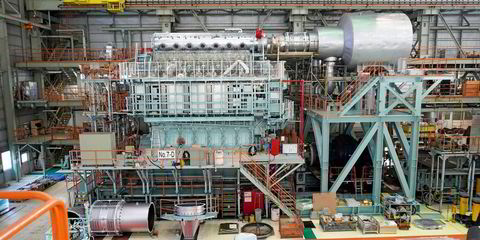Greek shipowner GasLog’s LNG carrier fleet produced more CO2 emissions in 2021 than in the previous year but logged an overall improvement in its carbon intensity indicator or Annual Efficiency Ratio (AER) for the 12 months.
In its 2021 sustainability report, GasLog revealed its total CO2 emissions had increased to 1.39 million tonnes, up from 1.08 million tonnes in 2020.
The company said the addition of three newbuildings and the fact that 2020’s new deliveries had 365 operational days in 2021, accounted for 90% of the recorded emissions increase.
But it also detailed that by following charterers’ voyage instructions its vessels consumed 10% more fuel oil instead of natural gas, which resulted in an almost 4% increase in CO2 emissions.
GasLog added that changes in vessel operating profiles — which included a 5% increase in sailing time and a 0.5% rise in average speed — “proved to have a considerable impact of more than 5% increase on the overall CO2 emissions”.
Countering the CO2 emissions rise, GasLog said the addition of higher-efficiency newbuildings and the improved ship utilisation had a positive impact on annual AER.
The company logged an average AER of 7.51 for its 21-strong LNG fleet in 2021, compared to 7.77 in its 2020 figures calculated on its then 18 ships.
“Despite the negative contribution of the reduced LNG utilisation as fuel and the increased sailing speeds, our 2021 AER was improved by approximately 3.5% compared to last year,” it said.
The company said it is “evident” that the design and construction of energy-efficient ships need to be combined with the efficient operation of the ships, including their utilisation, speed and fuel ratio to maximise the reduction of carbon intensity.
“Owners and charterers need to closely collaborate, having a holistic view of a vessel’s energy performance and the voyage requirements,” GasLog said.
The Peter Livanos-controlled shipowner said it had taken delivery of 12 LNG carriers over the past four years, which has reduced its fleet’s annual average carbon intensity by approximately 17% compared with 2019.
“Within a decade, our fleet renewal programme resulted in up to a 50% improvement in the carbon intensity of our latest vessels in comparison with the steam-driven ships,” the company said.
“We intend to remain at the forefront of technological developments.”
GasLog said it is investing in a dedicated decarbonisation team and has provided training for its personnel.
It plans to work on operational measures, including speed reduction, voyage planning and the use digital tools to cut emissions. The company will also apply technical measures to vessels.
GasLog said it will consider incorporating new solutions as they become commercially available. It listed wind-assisted propulsion devices, the evaluation of fuel cell technologies and exhaust gas emissions CO2/CH4 capture solutions, as examples.
“Although the technical options available at commercial scale today are limited, in the long term we believe there is the potential to reduce emissions at source,” the company said.
GasLog said in its report: “Standing still on the climate agenda is not an option,” adding, “we are committed to doing our part.”







